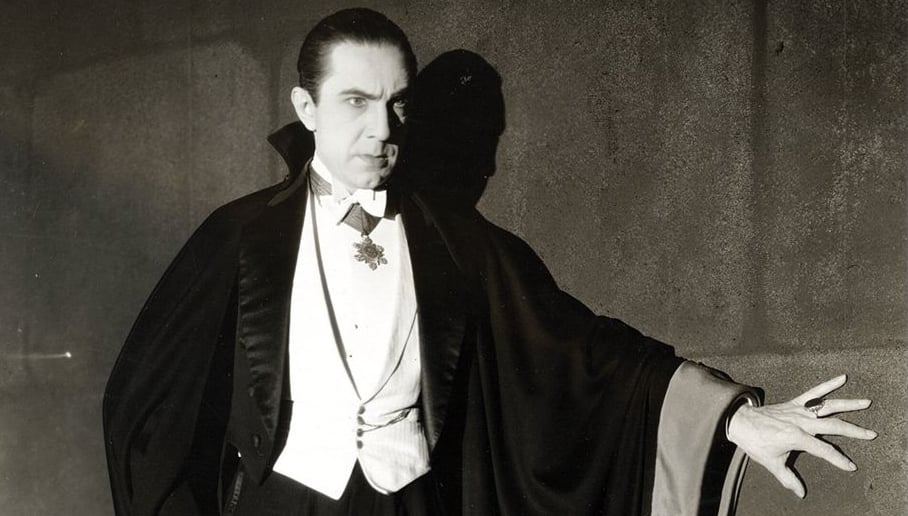
Mykonos, Greece’s most famous island, is well-known for its luxurious amenities, party atmosphere, and the Hollywood celebrities who visit the island each year. However, little is known about the vampire who haunted the island.
According to Greek folklore, there was a ferocious vampire, known as “Vrykolakas” in Greek, that terrorized the residents of the Greek island of Mykonos in the 18th century.
The Greek vampire is an undead, fearsome creature that becomes more powerful the longer it is allowed to feed. Belief in the Vrykolakas was widespread in Greece, particularly in rural regions, up until the mid-twentieth century, but many still believe in the creature to this day.
Both the term “Vrykolakas” and the figure itself likely come from neighboring Slavic countries, where vampire legends are widespread and are featured prominently in folklore.
The Slavic word “varkolak” is the root of many terms for vampire-like figures throughout Eastern Europe and the Balkans; actually meaning “werewolf,” it came to represent vampires in most Slavic countries.
Although the Vrykolakas shares many similarities to Slavic vampires, there are some differences. The Greek vampire does not drink blood, but it feasts on the flesh and liver of its victims much like contemporary zombie figures.
In Greek folklore, there are many ways that one could transform into a Vrykolakas. Most often, people who were excommunicated from the Church for sacrilegious behavior and those who were buried in unconsecrated ground were believed to transform into vampires.
Vampires in Greece were thought to bring great destruction to villages. They were described as nomadic figures that roamed the country in search of victims to torment and feed upon.

The Vampire of Mykonos through the eyes of a visitor to Greece
Although there are legends of vampires hunting the dead across Greece, one of the most well-known tales is that of the Vampire of Mykonos.
In 1701, long before Mykonos became a party destination for travelers worldwide, the French botanist Joseph Pitton de Tournefort traveled to the island to conduct research about the local people as well as the island’s flora and fauna.
While exploring Mykonos, the French adventurer heard stories from the locals of an undead villager who roamed at night terrorizing his neighbors.
In his writings, de Tournefort labels the creature a vampire and even includes the Greek word “vrykolakas” in his text.
Before becoming a vampire, the man in question was known to be extremely unfriendly and had argued with nearly everyone on the island. He was eventually murdered.
According to the French botanist, multiple locals attested that they had seen the man roaming around the island after his death.
In his writings, the botanist describes that, at first, the man turned vrykolakas was nothing more than a nuisance. He was known to enter people’s houses, sneak up on unsuspecting locals from behind, steal food and alcohol, and overturn furniture.
Yet, one night, the matter became much more serious when the vampire of Mykonos attacked a man. After the incident, the locals were in a state of shock and fear.
People rushed to churches where they begged priests to pray over them and bless them in the hopes of gaining protection from the creature.
In order to put an end to the horrifying saga, which enraptured the entire island, locals exhumed the man’s body, cut out the corpse’s heart, and then burned the remains.
This is exactly how Greek folklore asserts that vampires must be disposed of. In order to kill the Vyrkolakas, one must attempt to destroy its body by impaling, beheading, or cremating the vampire while it sleeps in its grave. This only occurs on Saturdays.
By destroying the body of the creature, it is believed that the person is freed from living eternally as the Vrykolakas and can then rest.
See all the latest news from Greece and the world at Greekreporter.com. Contact our newsroom to report an update or send your story, photos and videos. Follow GR on Google News and subscribe here to our daily email!



